Results 1 to 7 of 7
 31Likes
31Likes
Thread: A Small Selection of Celluloid Handles with Notes on Designers, Manufacturers, Dates
-
04-03-2017, 03:03 AM #1
 A Small Selection of Celluloid Handles with Notes on Designers, Manufacturers, Dates
A Small Selection of Celluloid Handles with Notes on Designers, Manufacturers, Dates
I was poking around a bit on Google patents and found some interesting stuff regarding a small selection of celluloid handle patterns that you see with some frequency. I'll arrange them below by date of their creation.
But before I get into nitty-gritty of this post, here's what strikes me as the biggest reveal of these design patents: If you've ever wondered who made all those celluloid handles and then sold them to razor makers, here we find two firms operating in the U.S. One is the Celluloid Company (based out of New Jersey) and the other is Wiebusch & Hilger, Limited (based out of New York). I'm sure there were many more companies that made razor handles, but they haven't popped up yet in my searches.
1) Design patented in 1891
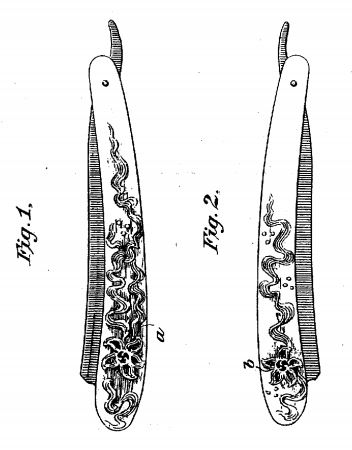
The man who designed this handle was Marshall C. Lefferts of the Celluloid Company in Jersey. Lefferts seems to have been a major figure in celluloid razor handle design. He owns 4 of the 6 patents in this list. You can read the full patent here.
2) Patented in 1892
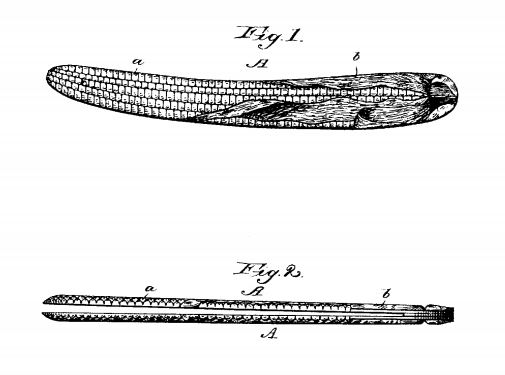
Everyone on this forum should be well familiar with the man who holds the patent on this design. It's none other than Joseph R. Torrey of the Torrey razor company. You can read the full patent here.
3) Patented in 1895
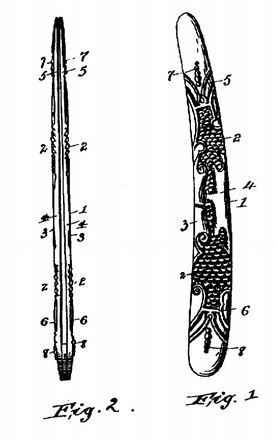
This handle design was patented by one Charles H. Thurber of Wiebusch & Hilger, Limited in New York. You can read the full patent here.
4) 1897
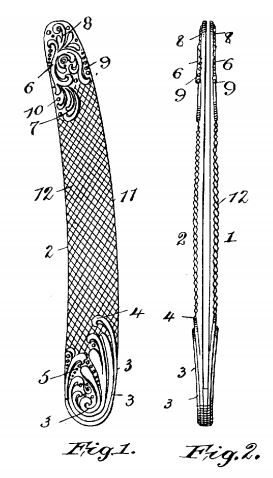
Another Marshall C. Lefferts design. Read the full patent here.
5) And finally, 2 more of Lefferts' handle patterns, both patented in 1899.
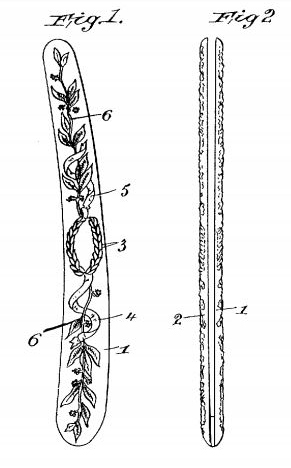
Full patent here.
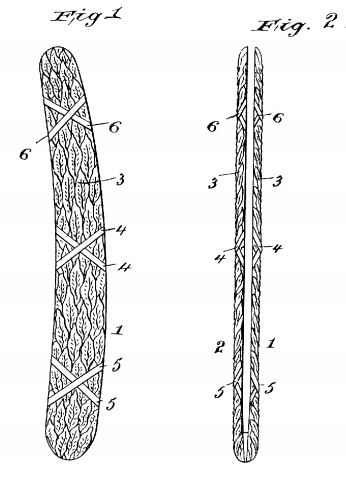
Full patent here.
And, as a bonus, here's one last celluloid-handle-related patent: You know the standard end cap design on celluloid handles? It was patented in 1892 by Frederick A. Clauberg (who, like Torrey, was a razor maker by trade).
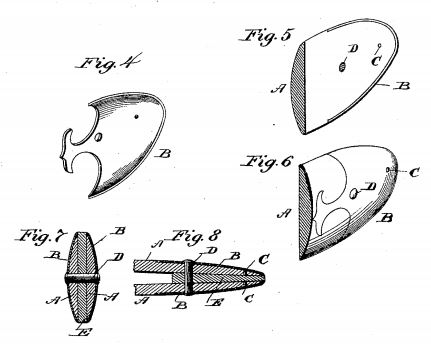
In the patent, Clauberg states, “The object of my invention is to so reinforce the ordinary light-weight razor-handle... and secure the strength necessary to minimize liability of breakage.” He envisioned his end caps being used on handles of “bone, horn, ivory, celluloid, gutta-percha, and like brittle and frangible substances,” though as far as I know, this end cap design was used exclusively on celluloid and other plastics. (And of course, here's the full patent).Last edited by Hanlon; 04-03-2017 at 03:05 AM. Reason: to fix an ellipses
-
The Following 16 Users Say Thank You to Hanlon For This Useful Post:
32t (04-03-2017), BeJay (04-03-2017), BobH (04-03-2017), criswilson10 (04-03-2017), Geezer (04-03-2017), manah (04-08-2017), Martin103 (04-06-2017), MedicineMan (04-03-2017), Mrchick (04-03-2017), MW76 (04-03-2017), outback (04-03-2017), Phrank (04-03-2017), PickledNorthern (04-06-2017), Sharp&Shiny (04-06-2017), sharptonn (04-06-2017), Slawman (04-07-2017)
-
04-03-2017, 03:33 AM #2

Great info here. Thanks for sharing. I just pinned a blade into some scales with the wreath(#5) pattern today.
B.J.
-
04-03-2017, 03:39 AM #3

Thank you! Good info is usually made from a love of subject and hard work! Again, thank you.
~RichardBe yourself; everyone else is already taken.
- Oscar Wilde
-
04-03-2017, 04:31 AM #4

I've always liked that one. It's elegant and fancy without being too baroque.
Just happy to add something worthwhile to the community. Plus it's nice to shed a bit of light on the unsung craftsmen like Lefferts who brought our vintage razors to life.
-
-
04-06-2017, 03:06 PM #5Historically Inquisitive



- Join Date
- Aug 2011
- Location
- Upstate New York
- Posts
- 5,782
- Blog Entries
- 1
Thanked: 4249
Robert Doyle wrote an entire book about the subject, Celluloid Handle Guide for Straight Razor Collectors: Reflecting on Fifty Years of Handle Designs (1870-1920)
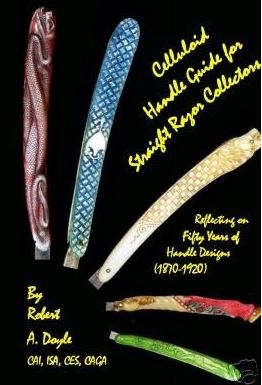
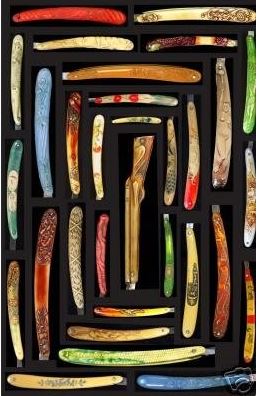
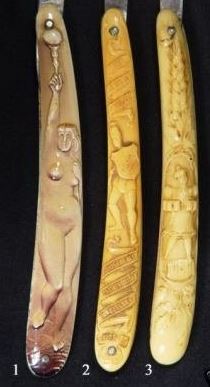
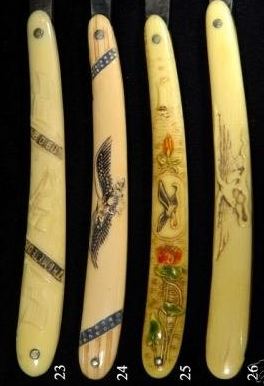
-
The Following User Says Thank You to Martin103 For This Useful Post:
Slawman (04-07-2017)
-
04-06-2017, 03:08 PM #6

Excellent post, thanks for sharing.
-
04-06-2017, 06:01 PM #7

It's a great resource on celluloid handle designs, very comprehensive and well photographed. Even though I phased out of buying celluloid handled razors a while back, I picked up a copy out of pure curiosity. He's got some really good notes in there on the scarcity of individual patterns. Understandably (though it's one of the more interesting aspects of handles to me) Doyle doesn't tackle the issue of dating the various designs.
-


 LinkBack URL
LinkBack URL About LinkBacks
About LinkBacks






 Reply With Quote
Reply With Quote


